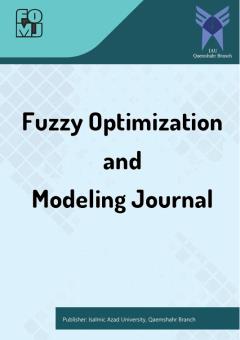-
-
List of Articles
-
Open Access Article
1 - Fuzzy bi-level linear programming problem using TOPSIS approach
Shyamali Ghosh Sankar Kumar Roy -
Open Access Article
2 - A Hybrid Algorithm for Fault Diagnosis using Fuzzy Clustering Tools
Adrián Rodríguez Ramos Pedro Juan Rivera-Torres Antônio José da Silva Neto Orestes Llanes-Santiago -
Open Access Article
3 - Optimum Selection of Drill Bits for Drilling Operations in Sarvak and Asmari Formations Using a Fuzzy Multiple Criteria Decision-Making Approach
آرش ابراهیم آبادی سیاوش مرادی -
Open Access Article
4 - The Reference Ideal Method and the Pythagorean Fuzzy Numbers
Elio Cables María Teresa Lamata Jose Luis Verdegay -
Open Access Article
5 - Ranking method for efficient units by RPA and TOPSIS in DEA
فرزاد رضائی بالف -
Open Access Article
6 - An Optimization Function On Depreciation of Assets
Reza Fallah-Moghaddam
-
The rights to this website are owned by the Raimag Press Management System.
Copyright © 2021-2025







